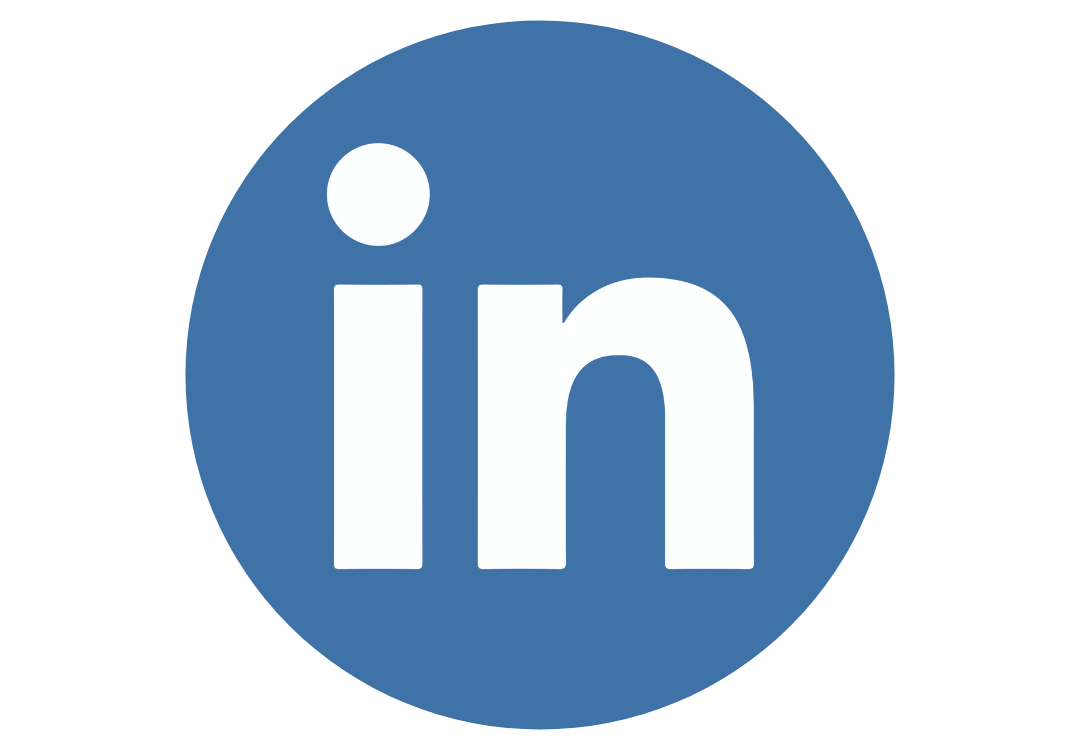Switzerland (Head Quarters)
IDR Medical Switzerland
Austrasse 95, CH-4051 Basel, Switzerland
T:
+41 (0) 61 535 1109
UK
IDR Medical UK
Unit 104 Eagle Tower, Eagle Tower
Montpellier Drive, Cheltenham, GL50 1TA
T:
+44 (0) 1242 696 790
USA
IDR Medical North America
225 Franklin Street, 26th Floor
Boston, Massachusetts 02110, USA
T:
+1 (0) 617.275.4465

Understanding Price Sensitivity Analysis For Medical Devices
Bringing a medical device to market is a complex process.
It involves conducting analytics-driven market research, developing a unique selling point, finding reliable distribution channels, and strategically branding and marketing your product.
Pricing also plays a critical role in the success of a medical device. Set the price too high, and you risk disappointing sales figures. Price your device too low, and you may miss out on significant profit opportunities.
To strike the right balance, it's important to conduct medical market research to understand price sensitivity before deciding on a pricing strategy.
By gaining insights into how your target market perceives and responds to different price points, you can make informed decisions that help you get the right balance between market penetration and profitability.
What is price sensitivity?
Price sensitivity measures how much the price of your medical device will affect the market's willingness to buy it.
It's essential for medical device manufacturers to clearly understand price sensitivity to know how price changes will impact profits and demand.
For many businesses, the aim is to set prices as high as possible without adversely affecting demand.
But price sensitivity analysis can be more complex in the medical device market, as the decision-making process involves the needs and perceived value of different stakeholders, like:
- Doctors/consultants
- Finance departments
- Patients
Price sensitivity in the medical device market can also be influenced by a number of other factors. For example, price sensitivity may be lower for an essential, potentially life-saving medical device compared to a device with a less essential use case.
The medical device market remains more complex than some other industries. Navigating this complexity requires the expertise of an experienced medical market research company that can deliver accurate insights to drive informed pricing decisions.
Why is price sensitivity analysis important before setting your pricing strategy?
While there are several popular pricing strategies favored by businesses in other industries, these rather basic pricing frameworks may not be the most effective for the complex medical device market.
Let's explore some of the common pricing frameworks and look at the potential risks of implementing them without thorough market research.
Cost-based pricing
This framework sets prices based on production costs, plus a fixed percentage.
While it may be a reasonable starting point, it's a rather basic model of pricing that doesn't take into account the complexities of the medical device market.
By failing to gain insight into customer perception of your product, you risk underpricing if the perceived market value is higher than the price this model arrives at.
Premium pricing
A premium pricing strategy can be valid when you’re aiming to maximize profit.
However, assuming your medical device commands a premium without research to back it up can be risky.
You may end up overpricing your medical device, leading to slow sales and poor market adoption.
Value-based pricing
This approach relies on pricing your product based on its perceived value - which may vary across different target markets and end users of your device.
A comprehensive research project is needed to gain insights from all target markets on how they perceive your product.
Without this understanding, you risk misaligning your pricing with the actual value your medical device provides to each market segment.
Tiered pricing
A tiered pricing model might offer different versions of a device or various packages at different price points.
While this can be an effective strategy, it requires an in-depth understanding of which features the market values most.
Without research to guide your tiered pricing structure, you may underestimate or overestimate the pricing for each tier.
What are the best approaches to price sensitivity analysis?
There are different methods of price sensitivity analysis, and choosing the most suitable one depends on the specific medical device and target market.
An experienced medical market research partner can help determine which approach is appropriate for your medical device market research.
Van Westendorp
This price model prompts respondents to pinpoint prices for a product/service based on how valuable they find it.
It seeks key findings, such as:
- The price at which a respondent would doubt the product’s quality
- The price a respondent finds to be a good deal
- The price at which the respondent starts to feel the product/service is expensive
- The price at which the product/service is too expensive
After establishing the intersections of all these cumulative curves when plotted, you’ll find two major areas indicating key information that includes:
Indifference Price Point (IPP) – The point where an equal number of participants find the price either “cheap” or “expensive.”
Optimum Price Point (OPP) – The point at which an equal number of respondents rate the price as “too cheap” or “too expensive.”
Pros
- The respondent lays out prices by themselves, reducing the chances of external bias
- It offers more context if follow-up questions on the reasoning behind each stated price are attached
- In price positioning studies, it helps in understanding how a product is perceived
Cons
- It might be hard for respondents to price a highly innovative product
- When respondents have limited pricing knowledge, you might see widely varying answers
- Some respondents may underestimate the relative price points because of how questions are formulated
- It can’t accurately guide you on how to maximize revenue and profit since respondents don’t give a variety of prices at which they are willing to buy
- It doesn’t consider competitive products and relative values or prices
While the Van Westendorp method offers valuable insights into price perception, it is most effective when used in conjunction with other pricing research techniques.
Gabor Granger
The Gabor-Granger technique involves presenting respondents with a series of price points and asking them to indicate their likelihood of purchasing the product at each price.
This method helps determine the price elasticity for your device identify the price point that can maximize revenue.
Pros
- Respondents don’t have to know the price of the product category upfront
- It can help quantify willingness to buy
- It’s easy to understand the results and the demand elasticity shown
Cons
- Respondents can easily skew their answers due to the transparency involved
- It doesn’t account for other competitive products in the market and their pricing
- It doesn’t recognize the respondents’ existing price perception
Gabor Granger pricing is ideal for products in early development stages due to its simplicity. It helps guide manufacturers on how to stay in the maximum revenue zone.
Conjoint analysis
Choice-based conjoint analysis is a powerful technique for understanding how end users value different product attributes, and how it influences their price perceptions.
This method presents respondents with a series of product concepts, each featuring a unique combination of attributes and price points.
By analyzing the choices made by respondents, you're able to gain an understanding into the relative importance of each attribute and gain an insight into how changes in products or pricing are likely to affect demand.
Pros
- Respondents do not need prior knowledge of current market prices
- Presents a range of pricing information without biasing respondents
- Mimics a realistic purchasing scenario
- Reveals psychological trade-offs consumers make when evaluating products
Cons
- Designing and setting up a conjoint study can be complex and time-consuming
- Respondents may employ simplification strategies when faced with complex choice scenarios
- It assumes and equal playing field for all products, which may not reflect real-world conditions
Partner with IDR Medical and benefit from our expertise in medical device price sensitivity analysis
IDR Medical is a market leader in healthcare market research, with over a decade of experience in more than 30 different countries.
We appreciate the importance of guided pricing for the success of any medical device, and the need for price sensitivity analysis before finalizing a pricing strategy.
To ensure you set the right price for medical device market penetration and optimal profit, get in touch with IDR Medical today.



